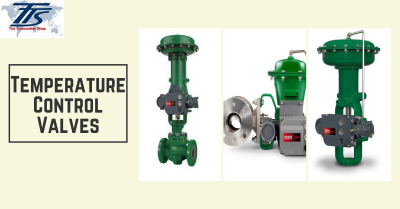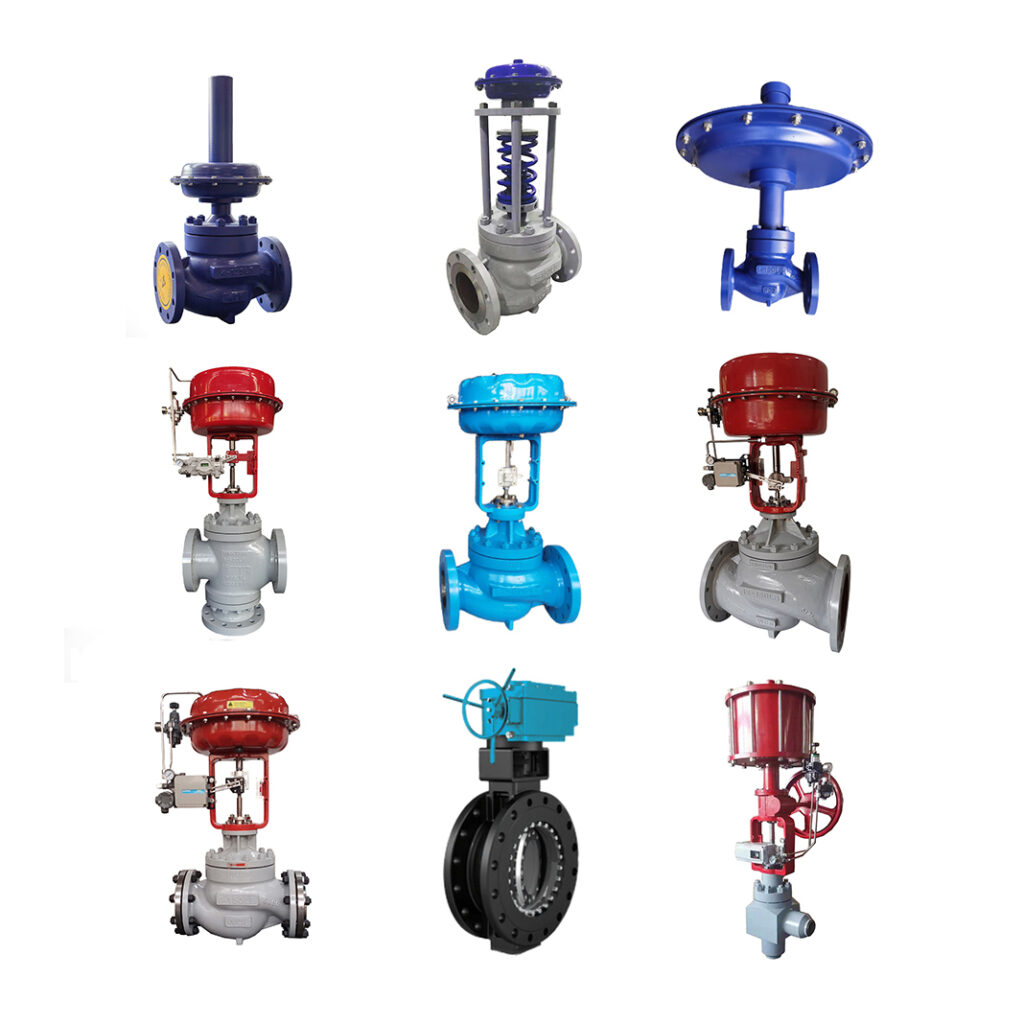Optimizing System Control with High-Performance Control Valves
Wiki Article

Maximize Power Savings and Comfort With Advanced Structure Automation Controls
In the realm of contemporary design and center management, the assimilation of sophisticated structure automation controls stands as a crucial improvement. The merging of modern technology and sustainability has birthed a brand-new period where power efficiency, comfort optimization, and functional streamlining are no longer achievable truths however distant ambitions. By using the power of automation, buildings can adjust, respond, and advance in ways that were once inconceivable. The potential for considerable energy cost savings and boosted convenience is not just an opportunity however a guarantee waiting to be fulfilled. This paradigm shift in structure administration holds the vital to opening a world where ecological conscientiousness and resident health harmoniously exist side-by-side within the walls of our structures.Energy Efficiency Conveniences
Power performance advantages can dramatically decrease power consumption and functional expenses in structures. By carrying out energy-efficient techniques and technologies, structure proprietors and drivers can accomplish substantial cost savings while likewise adding to environmental sustainability. Among the primary advantages of enhancing power effectiveness in buildings is the decrease of energy costs. Energy-efficient systems, such as innovative structure automation controls, can enhance using resources like heating, cooling, and lighting, bring about reduced power expenses in time.Moreover, enhanced energy effectiveness can lengthen the life-span of building devices and systems. By running a lot more successfully, a/c systems, light, and other building parts experience less wear and tear, leading to lowered upkeep and substitute prices. Additionally, energy-efficient structures often regulate higher property values and rental rates, supplying lasting economic advantages to proprietors.
In addition, power effectiveness can enhance resident convenience and performance. Correctly regulated indoor atmospheres with ideal lights and thermal problems produce a more positive and helpful workspace, resulting in boosted staff member contentment and performance. Overall, the power effectiveness advantages connected with innovative structure automation controls are multifaceted, encompassing cost financial savings, environmental stewardship, and resident wellness.
Improved Convenience Control
Enhancing comfort control in structure atmospheres requires a sophisticated integration of advanced automation systems for optimal owner wellness. By utilizing advanced structure automation controls, centers can customize the interior setting to fulfill the certain requirements and preferences of passengers. control valves.Enhanced convenience control surpasses fundamental temperature modifications. It includes features such as customized settings, occupancy sensing units, and natural light usage to produce a dynamic and receptive setting. By integrating these sophisticated controls, structures can not just boost convenience yet also improve energy performance by enhancing system procedures based upon actual occupancy and use patterns. Eventually, focusing on resident convenience through advanced automation systems leads to an extra delightful and much healthier interior atmosphere.
Functional Effectiveness Improvements

Furthermore, the execution of real-time tracking and analytics devices allows building drivers to recognize energy inefficiencies and functional abnormalities immediately. By continually keeping track of energy use patterns and system performance metrics, changes can be made in real-time to enhance energy usage and make certain peak functional efficiency. control valves. In addition, integrating demand feedback methods right into building automation controls can further improve operational effectiveness by dynamically adjusting power usage based on grid problems and pricing signals
Indoor Environment Optimization
Effective indoor climate optimization is an essential facet of structure automation controls, guaranteeing passengers' convenience and wellness while making the most of power cost savings. By utilizing advanced sensors and controls, developing automation systems can constantly keep track of and change temperature level, humidity degrees, air quality, and air flow to produce an optimum indoor atmosphere. Keeping comfortable and constant conditions not only improves owner fulfillment yet likewise enhances performance and general health.Indoor climate optimization additionally plays an important role in power performance. By fine-tuning cooling, home heating, and ventilation systems based on real-time data and tenancy patterns, constructing automation controls can considerably lower power consumption - control valves. Carrying out approaches such as demand-controlled ventilation and thermal zoning can assist lessen visit this site right here power waste while ensuring that each area of the building receives the necessary conditioning.

Lasting Setting Development
Building automation regulates not just maximize indoor climate problems for power efficiency and passenger comfort yet also lay the foundation for developing a lasting atmosphere with tactical administration of sources and systems. By incorporating innovative structure automation innovations, such as sensors, actuators, and intelligent software, facilities can keep track of and change energy use in real-time to minimize waste and decrease their carbon impact. These systems allow anticipating maintenance, determining prospective concerns prior to they rise and optimizing equipment efficiency to improve longevity and efficiency.In addition, lasting setting creation prolongs past power administration to include water preservation, waste decrease, and indoor air high quality renovation. Structure automation controls can control water usage, spot leakages, and make certain appropriate waste disposal techniques, contributing to general sustainability efforts. Furthermore, by controlling and monitoring air flow and purification systems, these technologies boost owner health and performance while decreasing energy intake connected with heating and cooling procedures.
Verdict
To conclude, progressed structure automation manages offer substantial advantages in regards to energy cost savings, comfort control, functional efficiency, indoor climate optimization, and producing a lasting atmosphere. By implementing these controls, structures can accomplish optimum performance while decreasing energy consumption and improving owner convenience. It appears that using innovative automation modern technology is important in enhancing building efficiency and developing a more lasting future.Energy efficiency advantages can substantially reduce energy consumption and functional expenses in structures. Generally, the power efficiency advantages connected with advanced structure automation controls are multifaceted, incorporating expense savings, ecological stewardship, and resident well-being.
In addition, including demand action methods right into structure automation controls can further enhance functional effectiveness by dynamically adjusting energy use based on grid problems and rates signals.
Structure automation controls not only optimize indoor environment problems for energy efficiency and owner convenience however also lay the foundation for producing a sustainable setting via critical administration of check my reference sources and systems.In final thought, advanced structure automation manages offer significant advantages in terms of power savings, comfort control, functional effectiveness, indoor climate optimization, and producing blog here a sustainable setting.
Report this wiki page